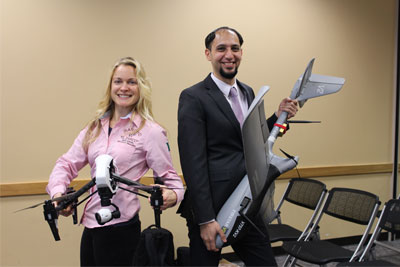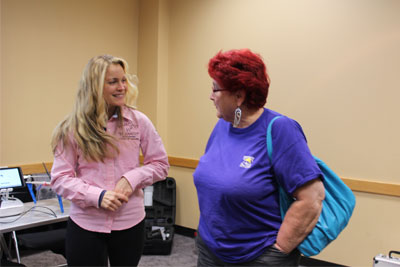From the 1800s through the 1950s, people clamored for the delicacy green turtle soup. Though the color describes the hue of the soup, one turtle commonly used for the dish – the Chelonia mydas – has become known as the green sea turtle. This species was almost wiped out, over-harvested for the soup.
 Currently, all species of sea turtles found in U.S. waters are either threatened or endangered. Conservationists hope to reverse this but human activities including boating and fishing can counteract their efforts. Repopulating the species requires the turtles’ successful reproduction. If scientists knew what activities to protect, and when and where those activities occur, human activity could be limited at precisely the right place and time.
Currently, all species of sea turtles found in U.S. waters are either threatened or endangered. Conservationists hope to reverse this but human activities including boating and fishing can counteract their efforts. Repopulating the species requires the turtles’ successful reproduction. If scientists knew what activities to protect, and when and where those activities occur, human activity could be limited at precisely the right place and time.
Until now, a substantial obstacle to observing these activities has been accessing the habitats where they occur. Researchers including Elizabeth Bevan of the Wibbles lab in UAB’s Department of Biology are deploying a new tool to investigate turtle behavior. Bevan recently explained how she uses drones to study sea turtle courtship and mating at the inaugural Discoveries in the Making event Feb. 8, 2016 at the Hoover Public Library.
How and Why Drones Are Used
Drones offer these researchers a new perspective and freedom from limitations of traditional observation methods. Captive turtles are crowded and confined by unnatural boundaries. Observing turtles in their natural habit relieves those limitations, but visibility from land or boat is limited. Some scientists observe turtles from behind the mask of a snorkel, but the turtles can swim much faster.
Once the DJI quadcopter is calibrated, it is launched, hovering above the beach. The research team guides it through a looping pattern that reaches 1.2 miles out into the Gulf of Mexico. The drone is controlled from a tablet that displays altitude, speed, and distance. One researcher is responsible for flying the drone and “keeping it out of the water,” as Bevan explained, half-joking. Another, wearing goggles with a live feed from the drone’s HD camera, is on the look-out for turtles.
Main Findings
In the 1990s, Diane Comuzzie compiled her own observations of captive green sea turtles in the Caribbean with other researchers’ observations of wild turtles in Australian and Malaysian waters with. The result was a catalogue of 11 behaviors associated with courtship and mating.

Using the drone, Bevan and her colleagues observed eight of those behaviors in wild green sea turtles. These behaviors include circling, biting, and nuzzling. The team also observed female refusal, a posture in which the female turtle orients herself vertically in the water, inaccessible to the male. Love triangles have been observed too. The term “escorting” is used to describe one turtle attempting to interfere with a mating pair.
The team even documented a never-before-seen behavior, a male-male courtship interaction. These findings will be published in the March issue of the Herpetological Review.
Future Directions
Bevan had hypothesized that courtship behaviors allow males to demonstrate their value as partners, and females to select a male accordingly. She was not surprised to see that these behaviors are shared across great distances. This finding begs the questions: Why are these behaviors conserved? What about these behaviors promotes successful reproduction?
This spring, Bevan will return to Rancho Nuevo, Tamaulipas, Mexico to catch the early part of the courtship and mating season for the Kemp’s ridley sea turtle. She will observe and compare the behaviors of the Kemp’s ridley and green sea turtles to improve our understanding of the similarities and differences between species. She will also document the Kemp’s ridley arribada, or mass nesting. During this annual occurrence, thousands of turtles emerge from the water and lay their eggs on the beach in a matter of only a few hours. Bevan and her colleagues will be watching from above, counting the turtles involved and studying their interactions.